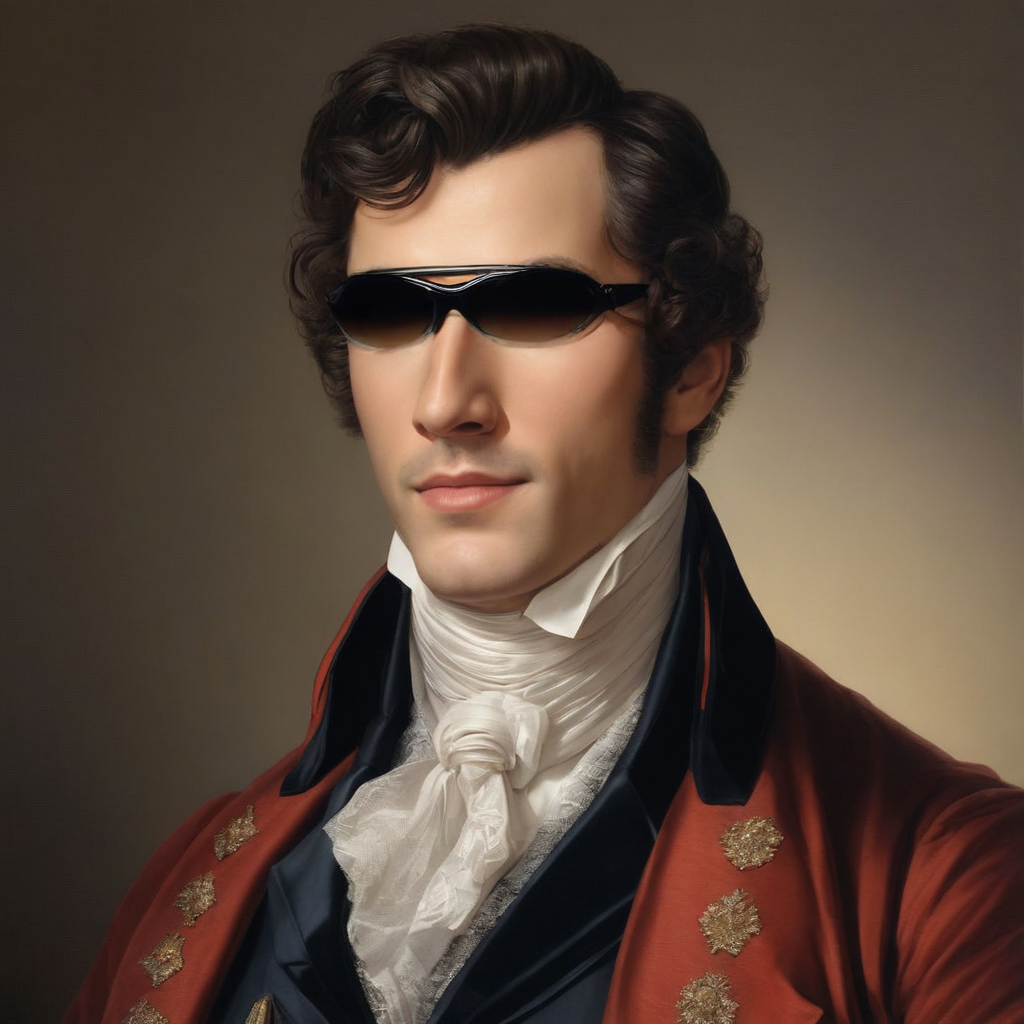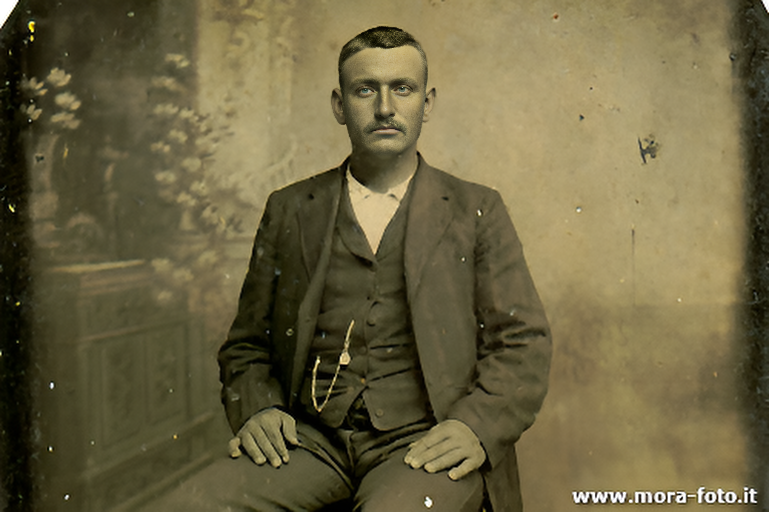API
If you're looking for an API, you can choose from your desired programming language.
1
2
3
4
5
6
7
8
9
10
11
12
13
14
15
16
17
18
19
20
21
22
23
24
25
26
27
28
29
30
31
32
33
34
35
36
37
import requests
import base64
# Use this function to convert an image file from the filesystem to base64
def image_file_to_base64(image_path):
with open(image_path, 'rb') as f:
image_data = f.read()
return base64.b64encode(image_data).decode('utf-8')
# Use this function to fetch an image from a URL and convert it to base64
def image_url_to_base64(image_url):
response = requests.get(image_url)
image_data = response.content
return base64.b64encode(image_data).decode('utf-8')
api_key = "YOUR_API_KEY"
url = "https://api.segmind.com/v1/sd3-med-canny"
# Request payload
data = {
"prompt": "Anime style illustration of a girl wearing a suit. A moon in sky. In the background we see a big rain approaching.",
"negative_prompt": "low quality,less details",
"image": image_url_to_base64("https://segmind-sd-models.s3.amazonaws.com/display_images/sd3m-controlnet/sd3-canny-ip.jpg"), # Or use image_file_to_base64("IMAGE_PATH")
"num_inference_steps": 20,
"guidance_scale": 7,
"seed": 698845,
"samples": 1,
"strength": 0.8,
"sampler": "dpmpp_2m",
"scheduler": "sgm_uniform",
"base64": False
}
headers = {'x-api-key': api_key}
response = requests.post(url, json=data, headers=headers)
print(response.content) # The response is the generated imageAttributes
Text prompt for image generation
Negative text prompt to avoid certain qualities
Input image
Number of inference steps for image generation
min : 1,
max : 100
Guidance scale for image generation
min : 1,
max : 20
Seed for random number generation
Number of samples to generate
Strength of the image transformation
min : 0,
max : 1
Sampler for the image generation process
Allowed values:
Scheduler for the image generation process
Allowed values:
Base64 encoding of the output image
To keep track of your credit usage, you can inspect the response headers of each API call. The x-remaining-credits property will indicate the number of remaining credits in your account. Ensure you monitor this value to avoid any disruptions in your API usage.
Stable Diffusion 3 (SD3) Medium Canny ControlNet
Stable Diffusion 3 (SD3) Medium Canny ControlNet generates high-quality images based on textual prompts and input images. It utilizes Canny edge detection to provide fine-grained control over the generated outputs. SD3 ControlNet enhances image coherence and detail, making it a powerful tool for various image generation tasks.
How to Use the Model?
-
Input Prompts: Provide a textual description of the desired image in the "Prompt" field.
-
Input Image: Optionally, upload an image to guide the generation process.
-
Negative Prompts: Indicate elements to exclude from the generation.
-
Inference Steps: Set the number of steps for the model to refine the image. More steps typically result in higher quality.
-
Strength: Use this to blend the input image with the generated output. Values close to 1 emphasize the input image more.
-
Seed: Define a seed value for reproducibility. Randomly generate seeds if consistency is not required.
-
Guidance Scale: Adjusts how closely the generated image follows the prompt. Higher values ensure the image aligns closely with the prompt.
How to Fine-Tune Outputs?
Fine-tuning the outputs can be achieved by adjusting several parameters:
-
Inference Steps: Increasing the number of steps (e.g., from 20 to 50) can generate finer details but at the cost of longer processing times.
-
Strength: Adjust the strength to control the influence of the input image. For minor adjustments, vary between 0.6 to 0.9. Lower values provide more creative freedom to the model.
-
Guidance Scale: Typically between 7 and 15. Use higher values for strict adherence to prompts and lower values for more abstract results.
-
Sampler: Different samplers (e.g., ddim, p_sampler) can affect the generation style and speed. Experiment with these to find the optimal balance for your use case.
Use Cases
SD3 Medium Canny ControlNet is versatile and can be applied to numerous scenarios:
-
Artistic Image Creation: Generate unique artwork based on textual prompts and rough sketches.
-
Design Prototyping: Quickly produce visual prototypes for product designs.
-
Story Illustration: Create coherent images to accompany literary descriptions.
-
Advertising: Generate tailored visuals for marketing materials.
Other Popular Models
fooocus
Fooocus enables high-quality image generation effortlessly, combining the best of Stable Diffusion and Midjourney.

sdxl-inpaint
This model is capable of generating photo-realistic images given any text input, with the extra capability of inpainting the pictures by using a mask

sdxl1.0-txt2img
The SDXL model is the official upgrade to the v1.5 model. The model is released as open-source software

codeformer
CodeFormer is a robust face restoration algorithm for old photos or AI-generated faces.
